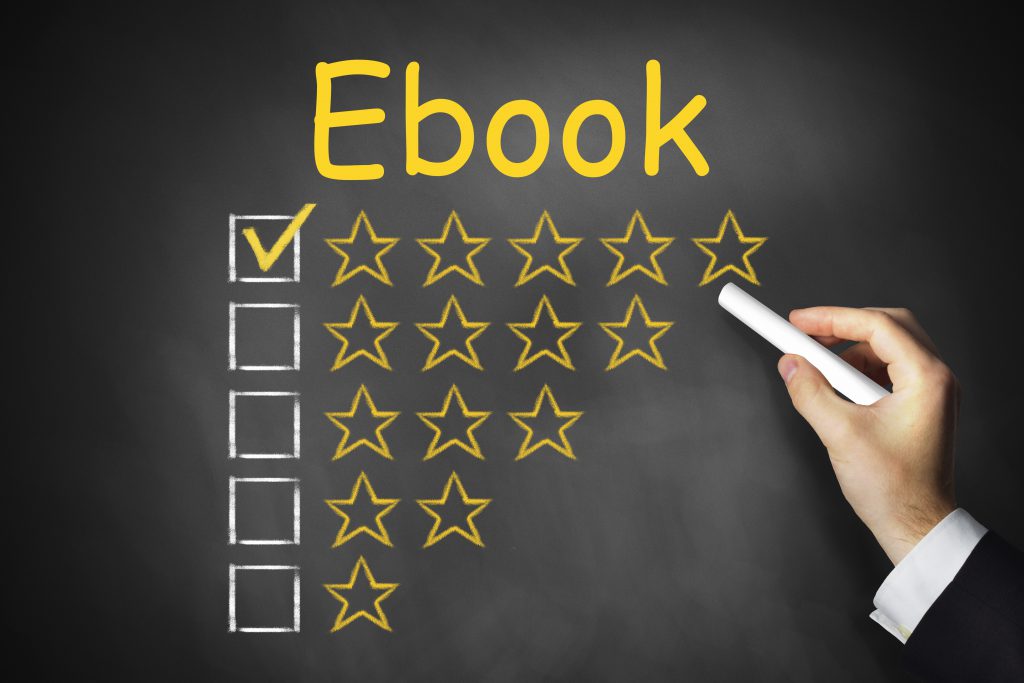
What is DRM on an eBook?
DRM stands for Digital Rights Management. This is the process of securing copyrighted digital media, such as online books (eBooks), music, and videos. It can also be used for software programs, subscriptions to databases, and securing sensitive business data.
DRM is like a digital bike lock that allows content creators and copyright holders to ensure their work remains intact and is used for its intended purposes, even as it passes through the web. Only those with the correct permissions are allowed to access the DRM-encrypted information.
There are a variety of ways that DRM can be used to protect content and copyrighted material.
With DRM, you can:
1. Set rules on sharing or forwarding your content to other users and outside sources.
2. Define how many devices can download your content or even limit access to a specific computer, IP address, and other device restrictions.
3. Prevent or allow printing of your content.
4. Limit screenshots or screen grabs.
5. Create watermarks for artwork and documents to verify your identity and ownership.
And much more!
In addition to the various ways to implement DRM to protect your content and copyright material, there are both software and hardware solutions for DRM. The goal of both options is to protect content users from deliberate digital piracy and accidental, unauthorized usage of their material. Methods for managing digital assets with DRM include:
- Watermarks – a watermark is a graphic file that is placed on a digital asset and enables the creators or copyright holders to track legal and illegal usage. The watermark follows that digital content when it is copied, edited, or transformed into another format.
- Metadata – all digital assets have metadata that captures and monitors their copyright and licensing information. This is particularly critical to track licensing details of stock photos, audio files, and videos.
- Embed codes – Content owners can also use embed codes that control how and where their media is published online. This process is also known as “create once, publish everywhere”–COPE. This process is vital to a successful DRM strategy and can be used when licenses for content change. It also works wherever the licensed embed code is posted online.
- License agreements – this is a common method that requires users to read and agree to an end-user license agreement (EULA). Usually, a EULA is agreed to upon initial use whether they are accessing the site, or downloading and sharing content.
Overall, DRM is an excellent option to protect digital content, such as books, music, videos, and business data and software. DRM protects your content in multiple ways, including limiting download numbers, image captures, and forwarding and sharing rules. You can use
both hardware and software options to encrypt and protect your copyrighted material. The piece of mind offered to creators and copyright holders often outweighs any negative factors associated with using DRM.


